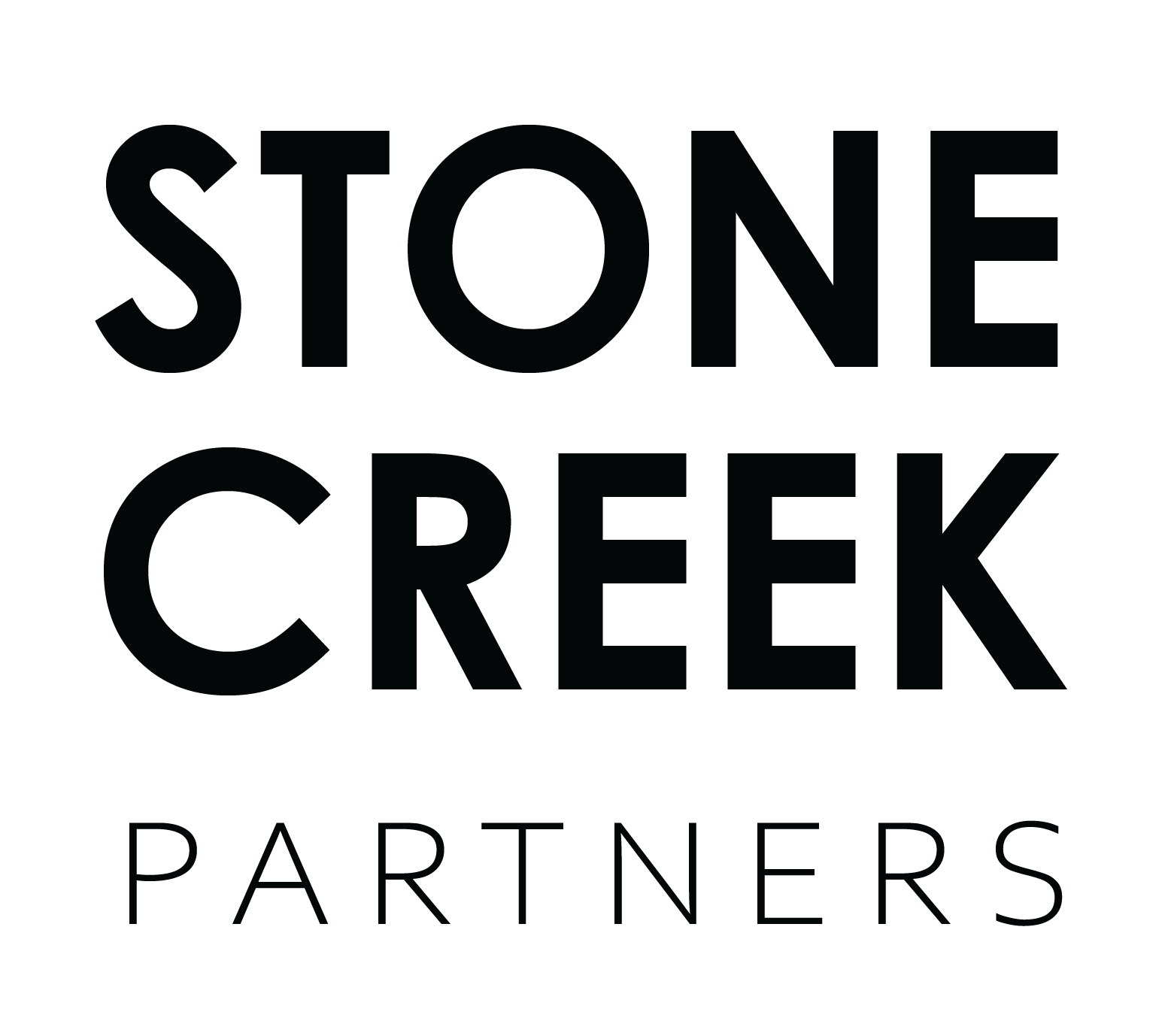Orchestrating the full slate of customer touch-points related to particular consumer experiences, is an essential aspect of today’s strategic marketing as part of overall experiential design. These days, an out-of-home consumer experience is at once a real in-person experience as well as a series of related touch-points that occur prior to, during, and after the experience. A wonderfully complex strategic problem (or opportunity).
The strategic marketing unit of Adventure Entertainment has extended its customer touch-point consulting to include a unique “customer touch-points marketing and guest experiential audit.” The audit includes a customer experiential audit to rate, rank, and refine guest, customer, shopper, buyer, and other end-use consumer experiences.
An organization's product and image are palpable with each customer touch-point; and each of these public interactions and materials used are part of the organization's experiential marketing platform.
– Donald Bredberg, managing director for StoneCreek Partners LLC
Customer touch-points refer to all the messaging implicit in experiences, mind-sets, and items included in the interaction between buyer and seller. Adventure Studios’ belief is that taken together, such touch-points with customers should be as cohesive as possible for best and lasting impressions. When well conceived, these touch-points not only carry the strategic marketing strategy but also provide the structure of truly experiential brand messaging.

“There are few organizations that are not well-intended with regard to their touch-points,” said Bredberg, “but like many things in life it is not the big clearly important things that go wrong – those are typically well-managed, but, it is the small items that are seemingly insignificant that when left untended can destroy all the goodwill an organization has tried to create. That bad loading dock experience after the perfect in-store interaction, is an example.”
AEC Creative’s Touch-Point Experiential Audit evaluates 20 leading aspects of an organization’s contact and relationships with their end-users, including such factors as 1) product and/or company naming, 2) logo, trademark, slogans, and trade dress, 3) employees and human resource polices that reinforce brand messaging, as well as intranet management, 4) website, email, 5) printed collateral materials, 6) other collateral such as business cards, 7) reports and sales communications, 7) sales signage and promotional materials, 8) the marketing calendar and advance team approach and interactions, 9) catalogs and/or in-store experiences, 10) announcements and media relations, 11) holiday cards, 12) corporate and product advertisements, 13) direct advertising and marketing, 14) corporate partnerships and sponsorships, 15) promotional items, 16) direct experiential programs including grand openings, guerrilla outreach, community programs, volunteer work, and the like, 16) office presence, 17) relationships with suppliers and third-party vendors, 18) employee family and local community participation, 19) education systems and philanthropic foundation support, and 20) the leadership and character of the CEO, Board, and senior management.
